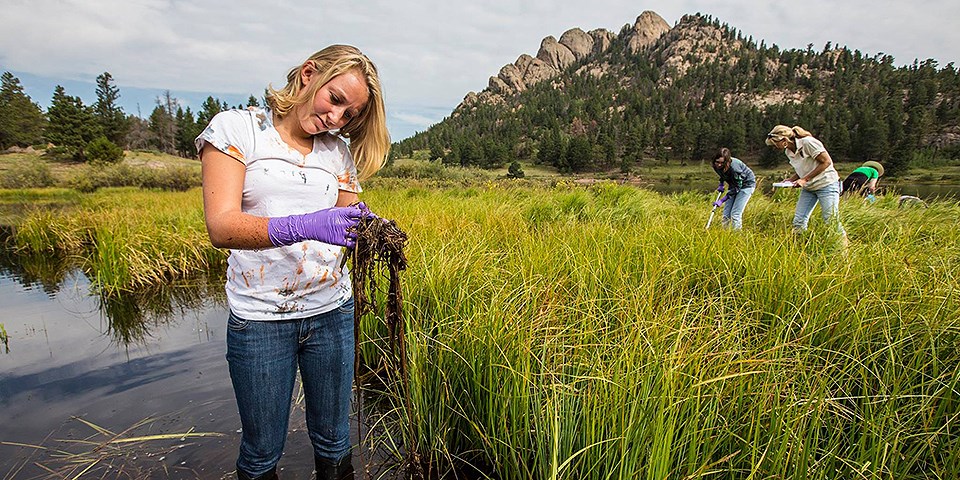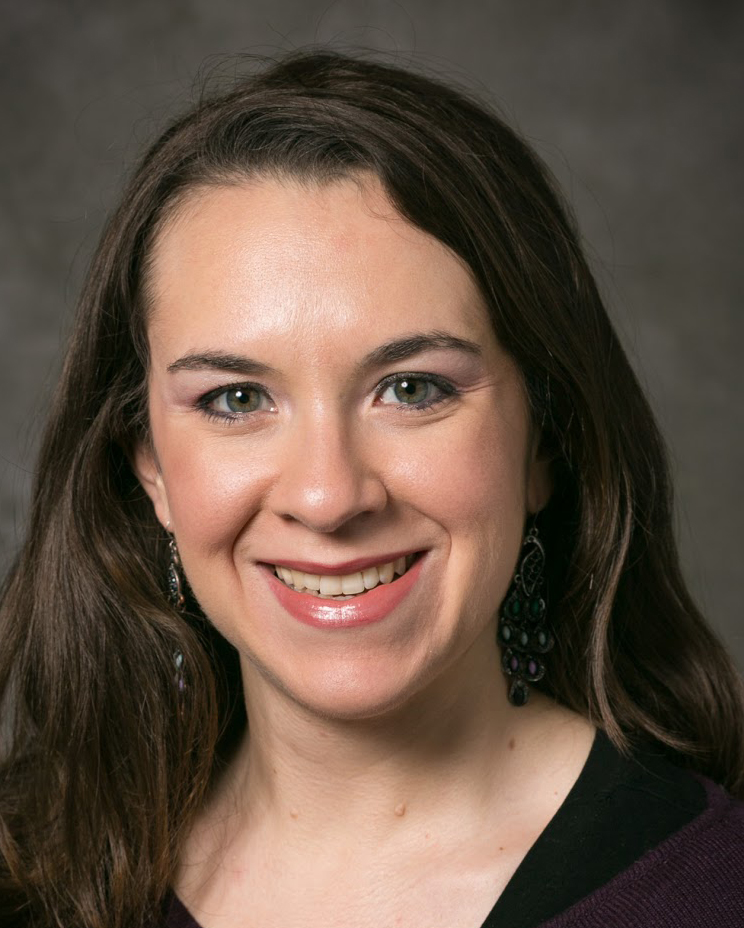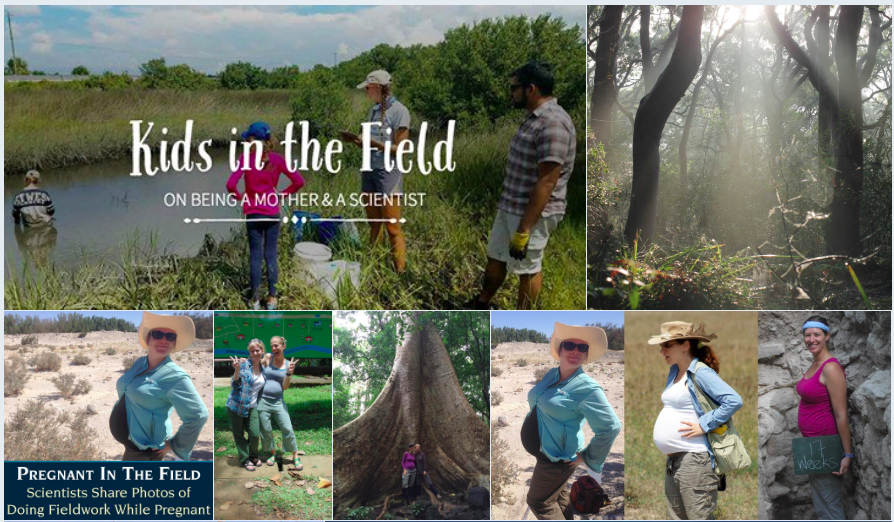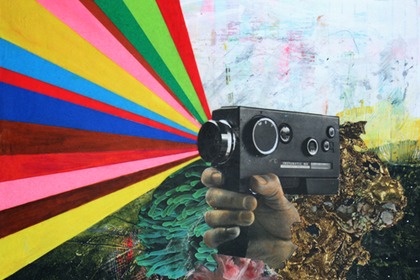
Here, a citizen scientist does sampling in Rocky Mountain National Park. (National Park Service)

Here, a citizen scientist does sampling in Rocky Mountain National Park. (National Park Service)
When you think of a scientist, the first thing that probably comes to mind is a sterile image of someone in lab goggles with beakers filled with strange-colored liquid. Few of us think of scientists outside a traditional science setting. The thought is odd — like seeing your teacher outside the classroom.
Yet scientists, like teachers, have lives outside the four walls of their work domain. Media often focuses on the difference between those who practice science and those who don’t, rather than the things we might have in common, like family, sports, and love for pizza.
While this seems trivial, making the humans behind science more relatable is important for getting different kinds of people involved with science. Dr. Tesla Monson, a postdoctoral scholar at the University of California, Berkeley, maintains that this idea is key for people to realize that there is a pathway for everyone, especially for those less inclined to view themselves as potential scientists, into the field.
One goal of Monson’s podcast and radio show The Graduates is to illustrate the different ways graduate students got involved with science. The show is a platform for these students to explain their research and its importance to radio audiences, all while giving them an opportunity to get to know them on a personal level.
Highlighting that scientists don’t get involved with the subject at the same stages in their life is an important part of diversity in the scientific community, explains Monson: “The last thing we want is for people to think, ‘I can’t understand biology right now, so I can never be a scientist.’”
Monson felt the same way as a high school student and undergraduate: the way she was taught science was rigid and memorization-based rather than a creative and flexible process. Framing of science — and scientists — as tough, cold, and disconnected, compounded by the fact that many underrepresented populations can’t view themselves as scientists, discourages participants in the field.
Representation of real scientists and their stories can change that. The more we identify with someone, the more we understand where they come from and why they do what they do.
The perception of scientists isn’t the only problem in science communication. Currently, many attempts at science communication have failed because of an audience disconnect problem. Sara ElShafie, a graduate student at UC Berkeley, maintains that unsuccessful science communication is due to those disseminating the information failing to recognize how its consumers will perceive it. ElShafie is involved with science communication through the creation of a workshop series, “Science Through Story,” geared toward using storytelling strategies in science communication.

“The science itself is important,” she argues, “but the most important thing is making it meaningful to the audience.” Information that the audience feels, rather than simply understands, has more of an impact.
It can be hard to make a significant impact when you cast a wide net, so ElShafie advises targeting communication for a specific group. Targeting communication towards a specific audience can seem paradoxical, but can often have better impacts than just the “general public.” It has a greater chance of making a lasting impact and a well-crafted piece might even have spillover effects into other demographics.
Science communication is not only about getting views, it’s about getting people to care about issues enough to do something about them. Thus, a better strategy is needed than the one for clickbait. It can be hard to balance thoughtful communication in the era of mass media, when it is hard to resist turning to sensationalism to get readers’ attention.

An effective and honest strategy involves consideration of how your words can be interpreted while critically thinking about how to use these words to better connect with consumers.
“It’s more about the audience than the speaker,” ElShafie concludes, “and the ultimate goal is to make it meaningful to the audience.”
Monson experienced a similar problem with audience relatability when she taught a class on human variation at Berkeley. The biology class, touched on many controversial topics such as clinical obesity, skin pigmentation, and evolution. In a 300-person class, there was a potential for great social, cultural, and political diversity among students.
“I couldn’t be flippant with my language,” Monson said. “For example, I couldn’t casually say that creationism shouldn’t be taught in schools — I had to be considerate of how students’ individual backgrounds lead to different interpretations of my words and find a respectful way to convey that.”
Whether it’s through writing or through teaching, those with the responsibility of delivering information also have the duty to ensure that it is communicated in an honest, meaningful way.

What about the consumer’s duty? We should, as consumers, demand factually accurate information about the things that matter to us, such as our communities, environmental health, and governmental affairs. If we don’t care about the quality of our information, it means other people can change the way we think and act through how we learn about these issues.
It’s impossible for everyone to have a comprehensive technical background on every subject, so it’s important that we have accurate and high-quality information filters. The biggest thing preventing us from caring about an issue is lack of knowledge about the problem.
In a country where public opinion matters, it is important to have a scientifically literate citizenry that is aware of the problems our nation faces. It is imperative our community members feel empowered to be advocates for real change. Many issues are preventative, and it is incredibly important to get people to care about them before it is too late.
We consumers should change the way we think of science. Instead of something abstract and inaccessible, science should be thought of as a creative process. The only thing blocking someone from science is lack of wonder. Science is tinkering and experimentation, with the end goal of truth above all else: pipetting in the lab, traveling to rainforests, and publishing papers are just a means to an end. Most consumers won’t have much of a science background beyond their long-forgotten high school chemistry and biology lessons. It can be hard for readers to get past the jargon, to separate fact from opinion, and to see who is genuinely intentioned in communicating the truth. In this situation, maintains ElShafie, it’s great to be skeptical. “If (something) doesn’t satisfy your curiosity, keep searching,” she advises. “And if you do that, you’ll find you have a lot in common with scientists.”